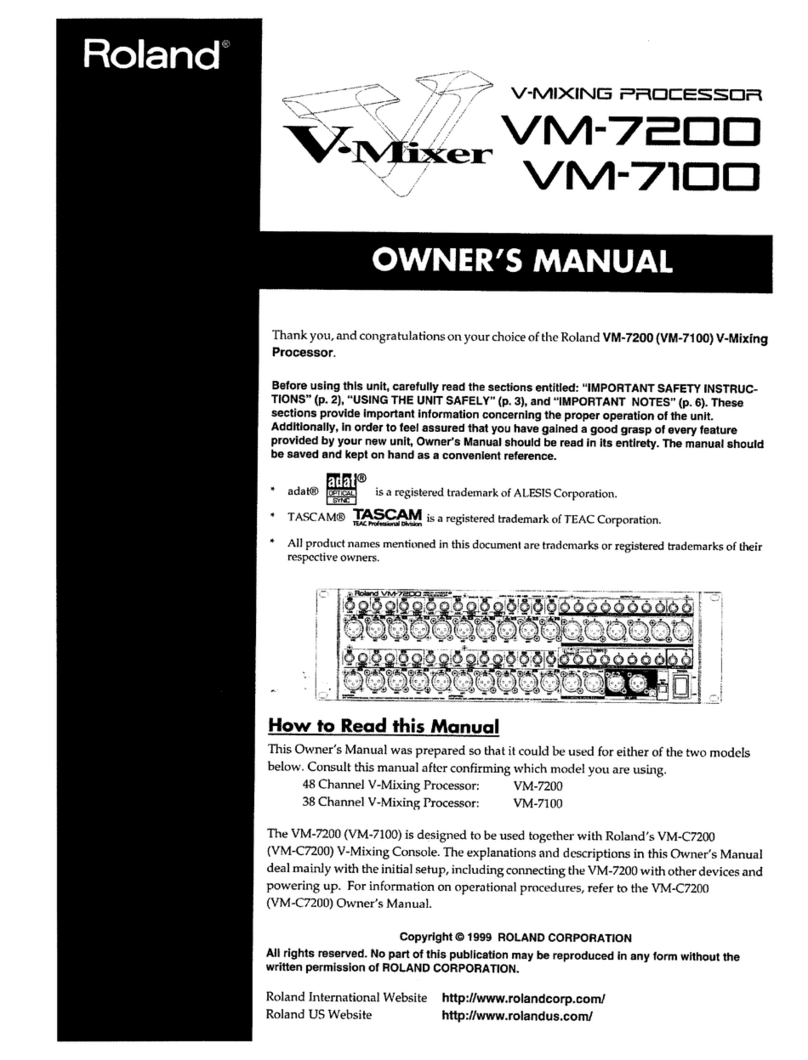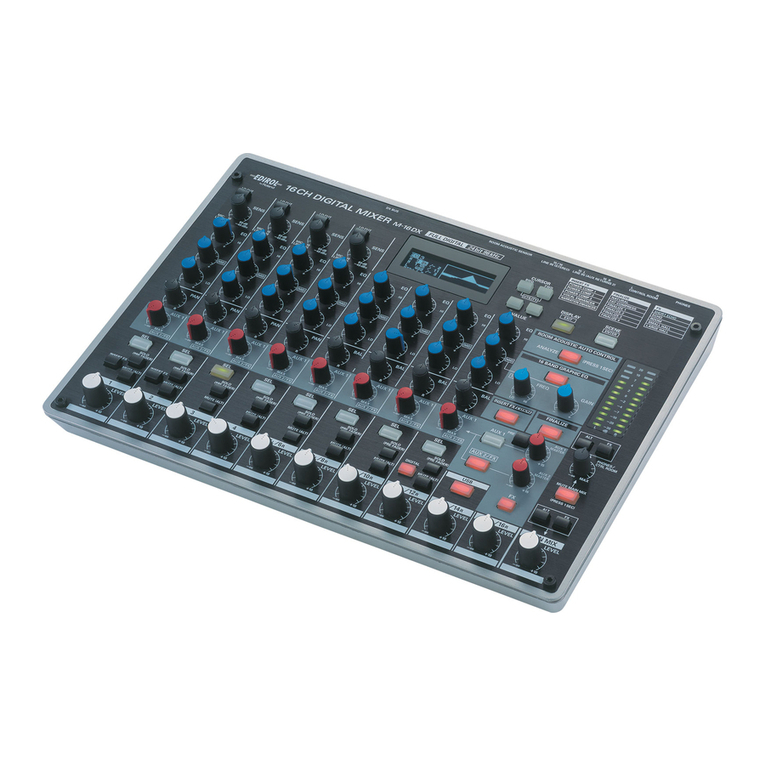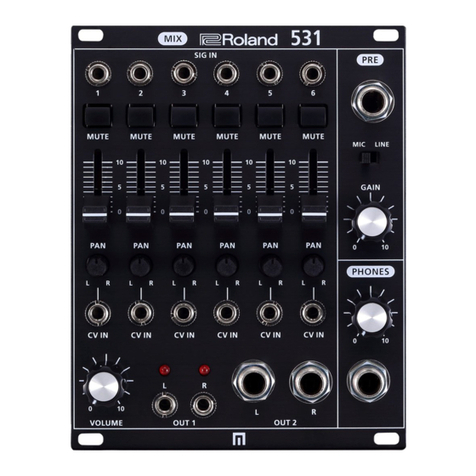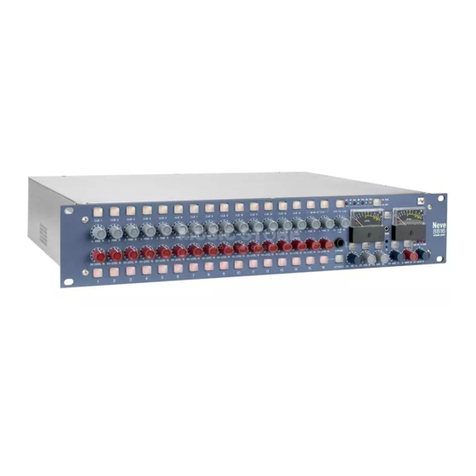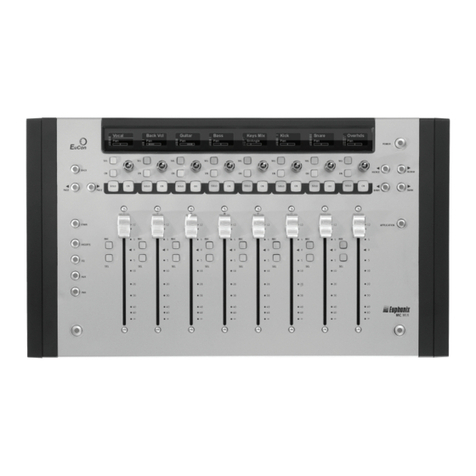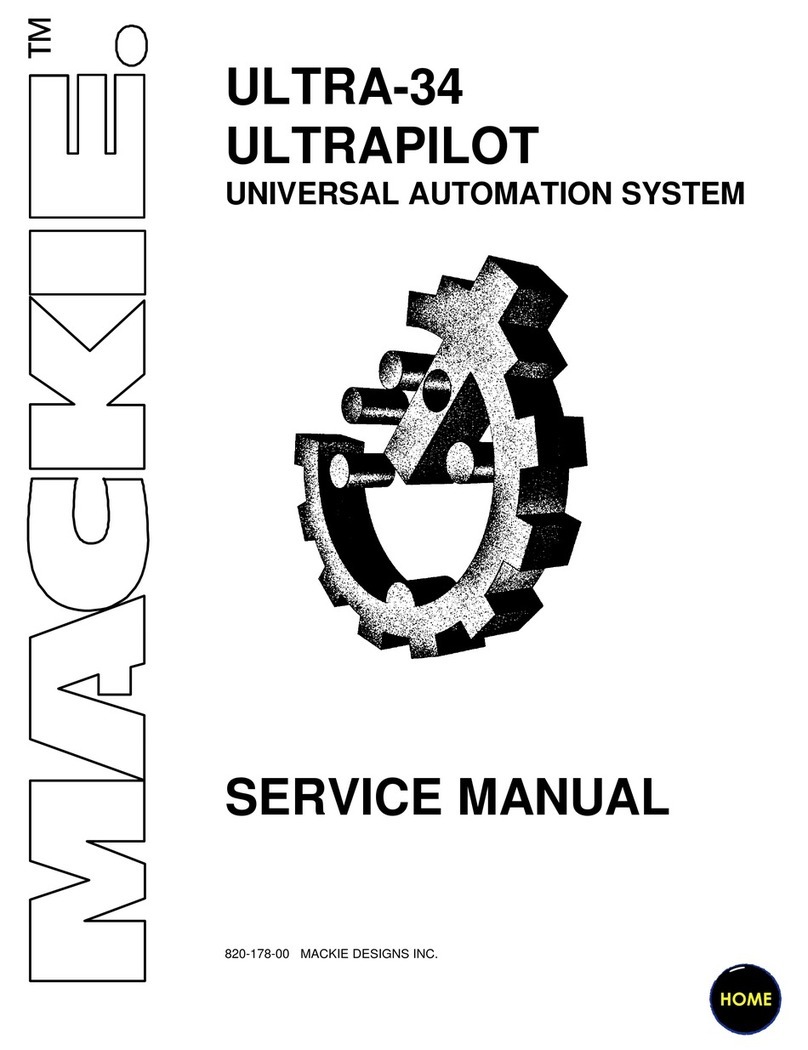Roland M-160 II User manual
Other Roland Music Mixer manuals

Roland
Roland CPM-120 User manual
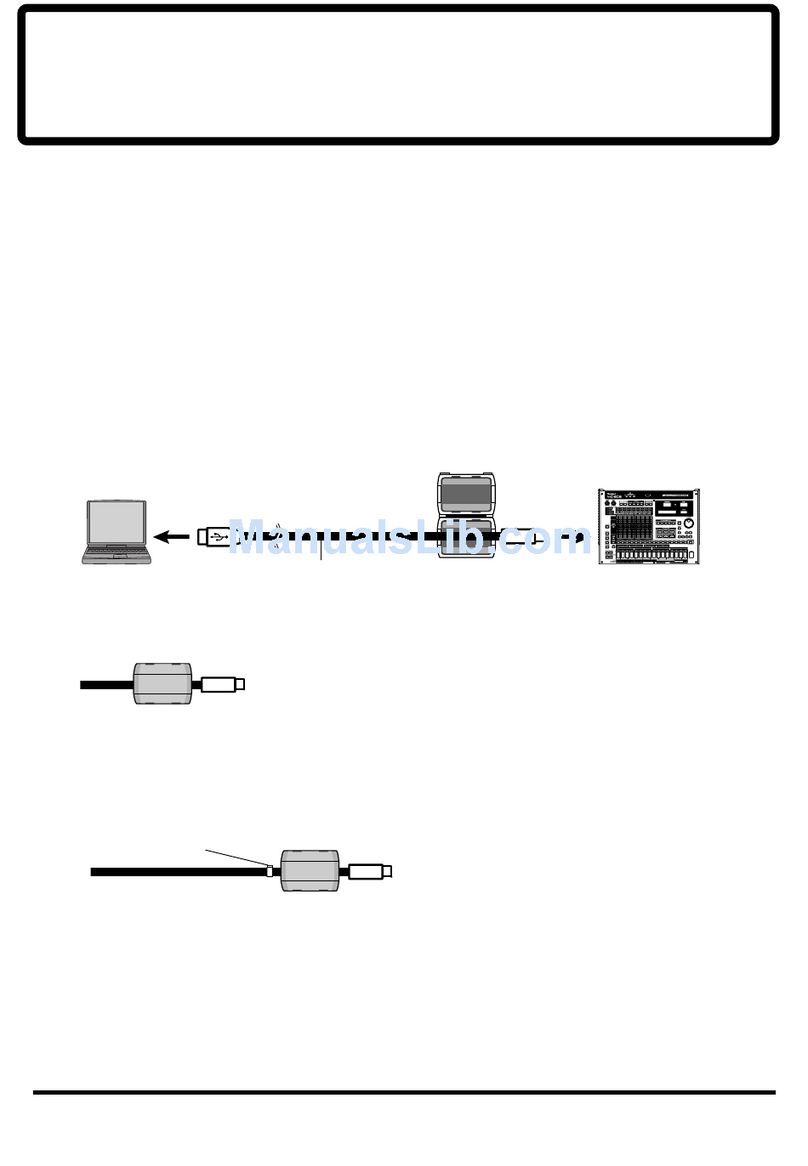
Roland
Roland MC-808 User manual

Roland
Roland M-480 Installation and operating instructions

Roland
Roland MC-909 User manual

Roland
Roland M-12E User manual

Roland
Roland Groovebox MC-505 Operating and maintenance manual

Roland
Roland M-480 User manual

Roland
Roland M-380 User manual
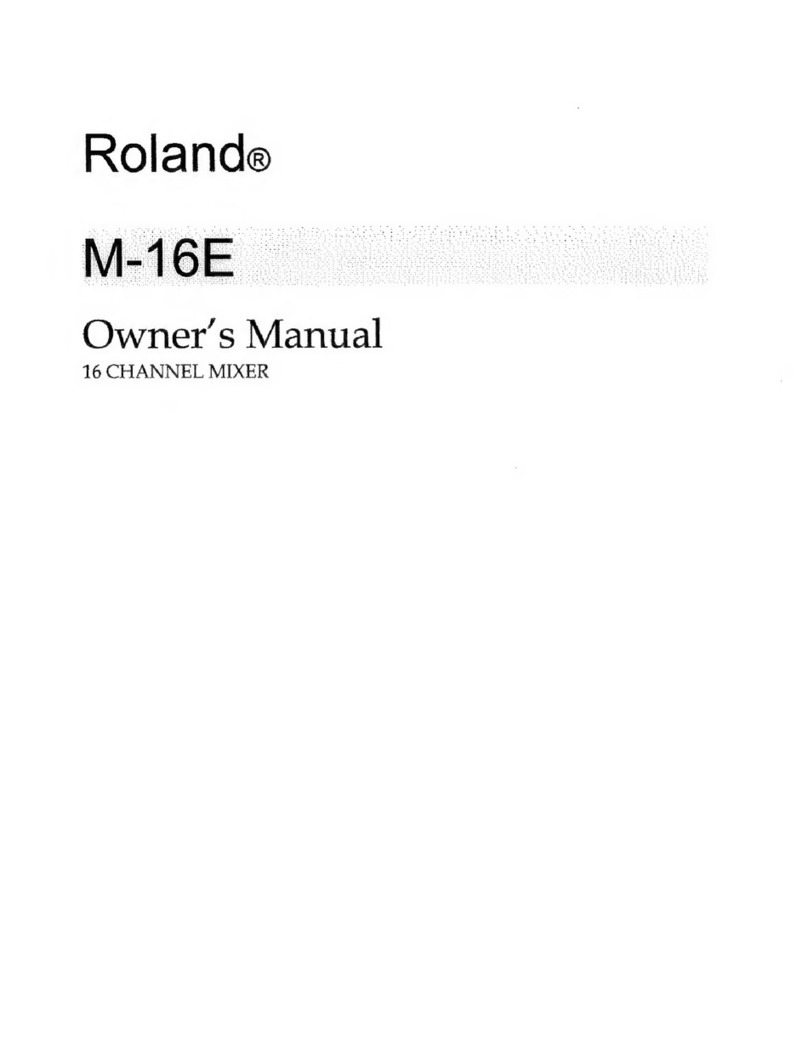
Roland
Roland M-16E User manual
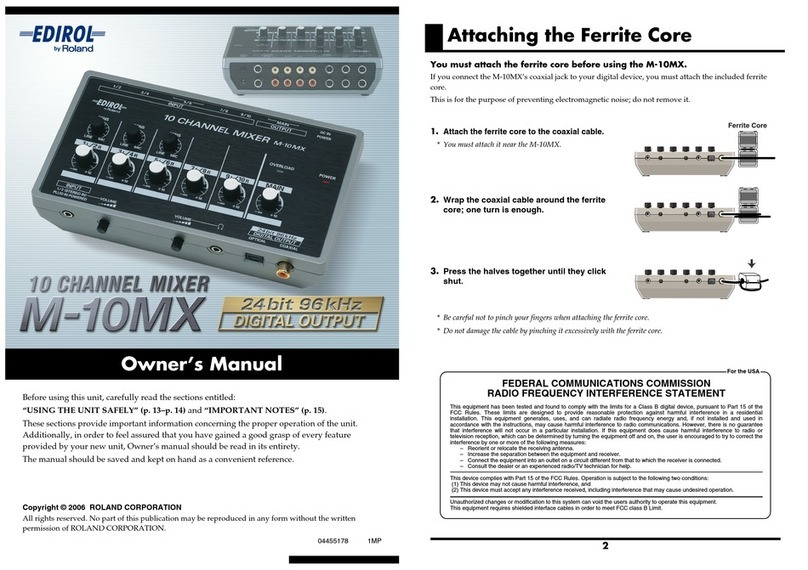
Roland
Roland Edirol M-10MX User manual
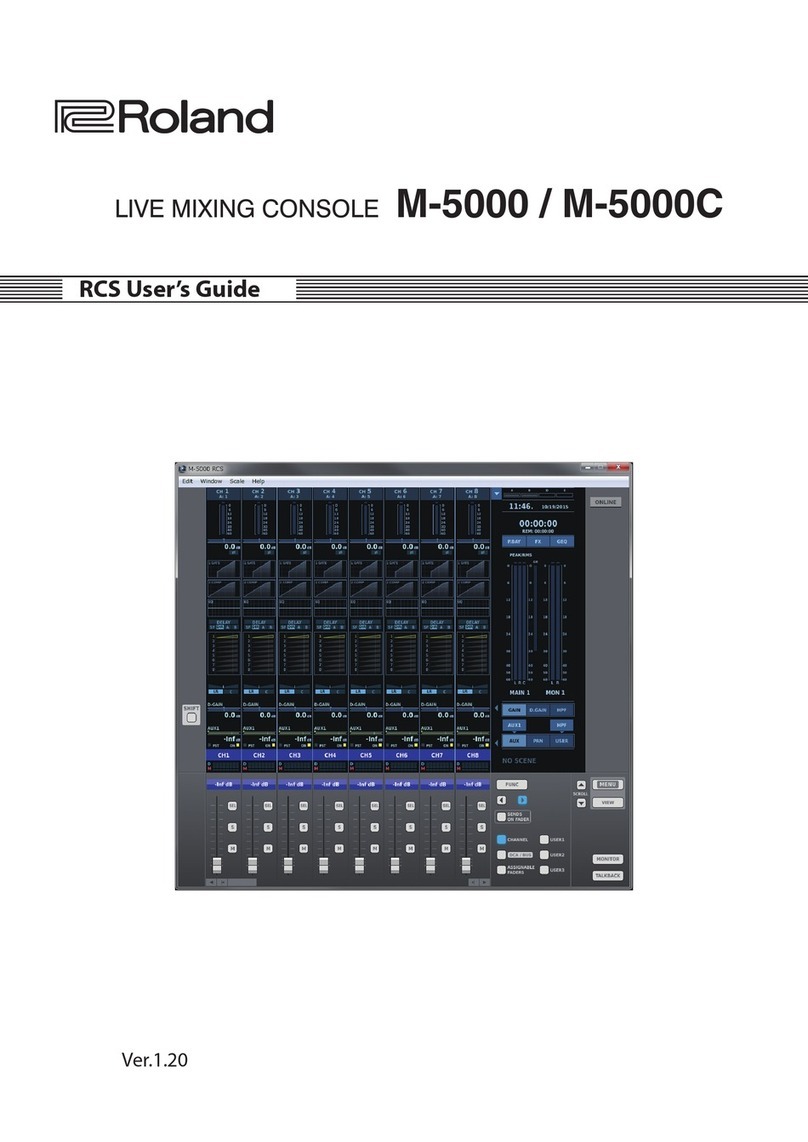
Roland
Roland M-5000 User manual
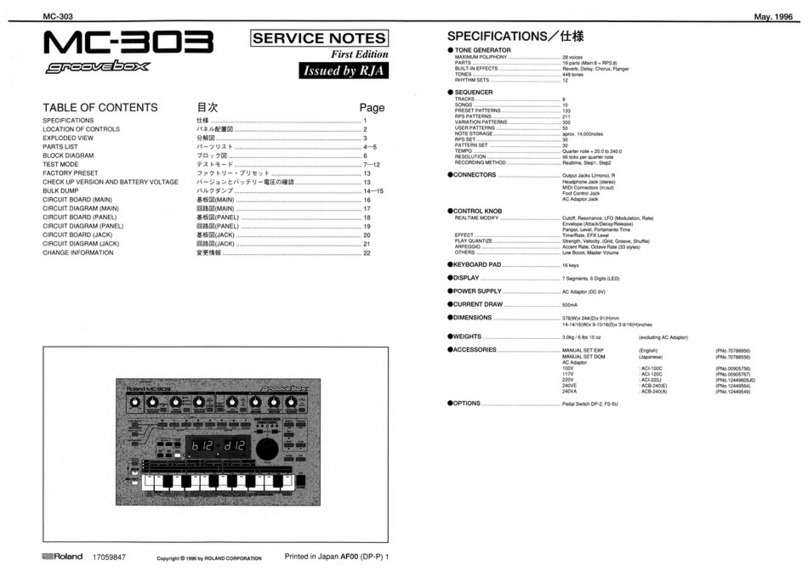
Roland
Roland MC-303 Groovebox Operating and maintenance manual
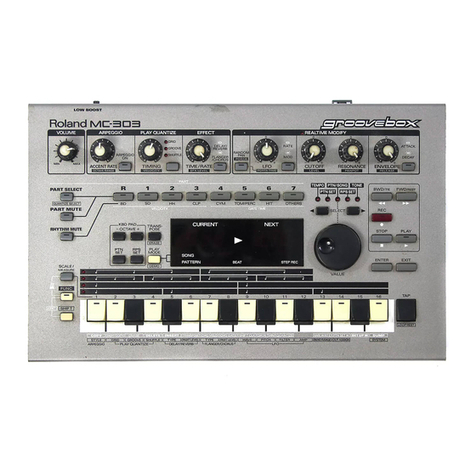
Roland
Roland MC-303 Groovebox Operating and maintenance manual

Roland
Roland VR-400UHD Use and maintenance manual
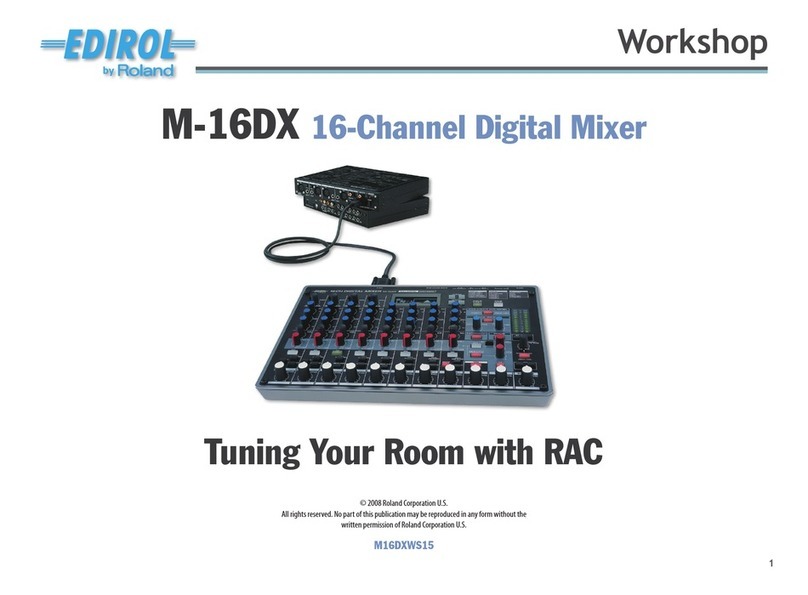
Roland
Roland Edirol M-16DX Instruction manual
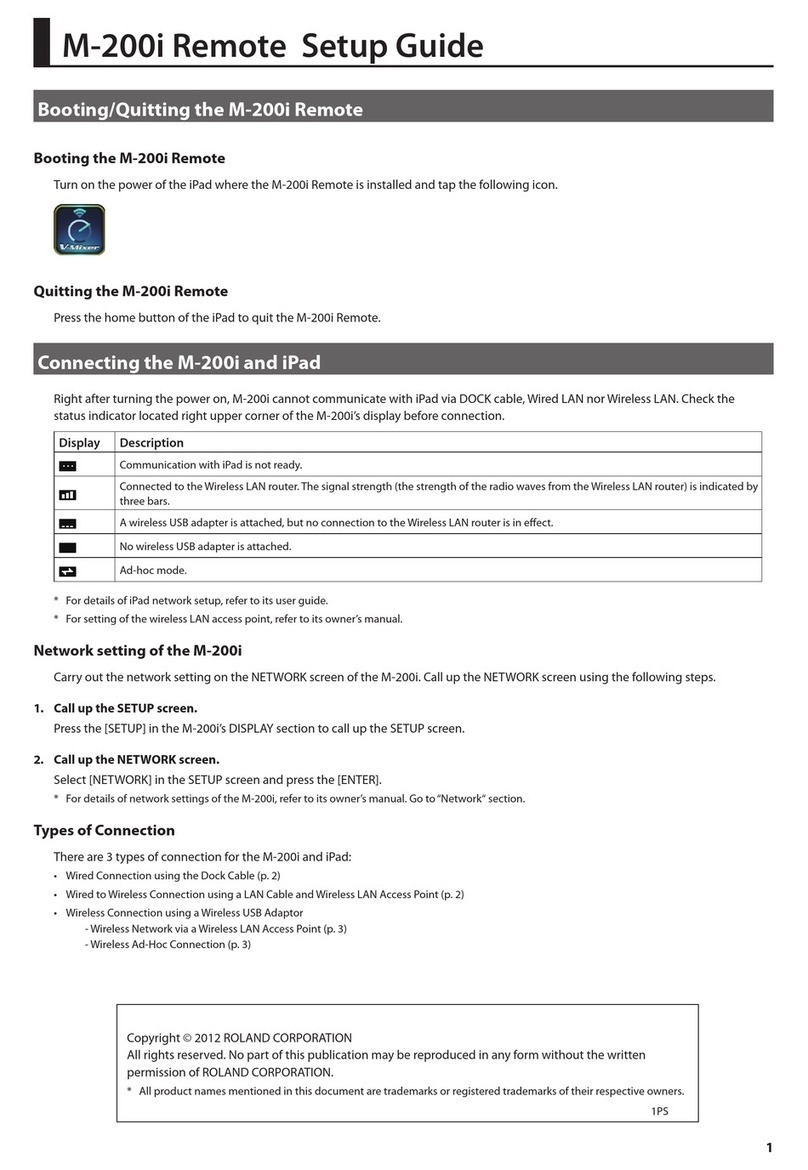
Roland
Roland V-Mixer M-200i User manual
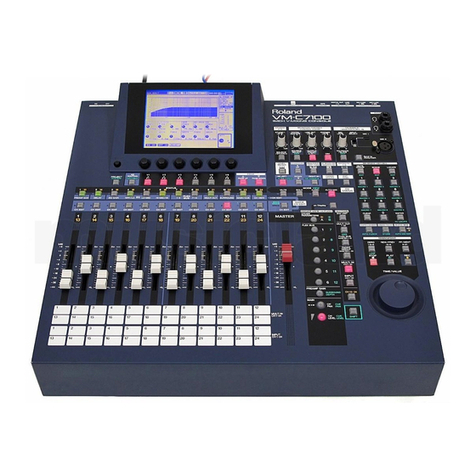
Roland
Roland V-Mixer VM-C7200 User manual
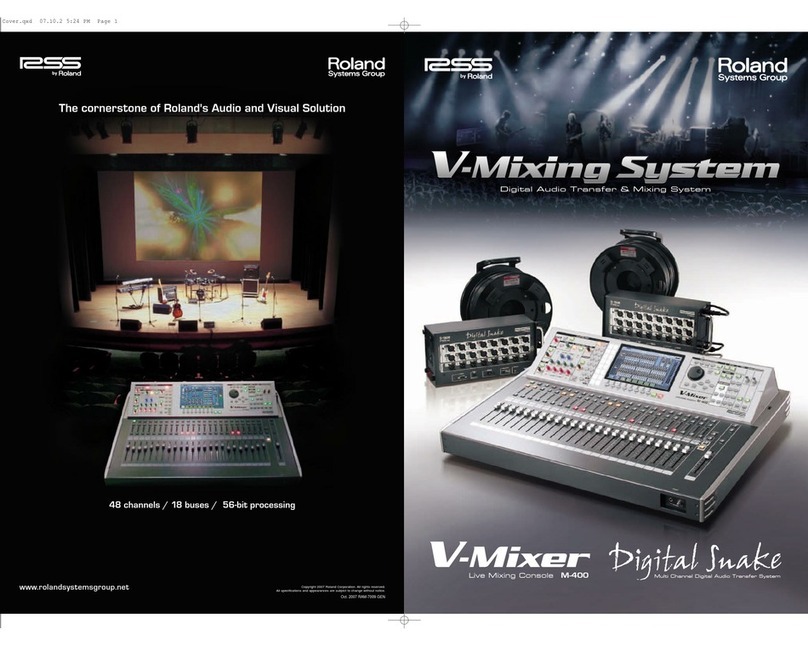
Roland
Roland V-Mixer M-400 User manual

Roland
Roland TL 8 User manual

Roland
Roland BK-7m User manual
Popular Music Mixer manuals by other brands

Studiomaster
Studiomaster Air Pro 24 instruction manual
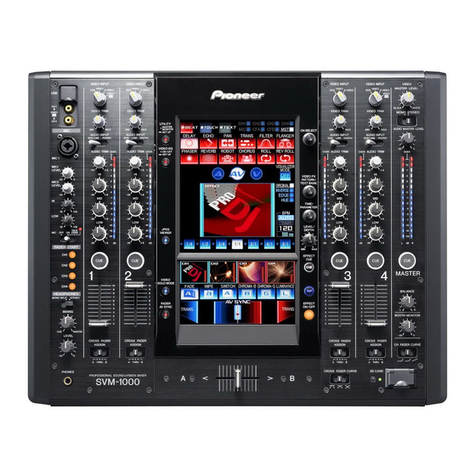
Pioneer
Pioneer SVM 1000 - Audio/Video Mixer Service manual

Yamaha
Yamaha MR1642 Operation manual
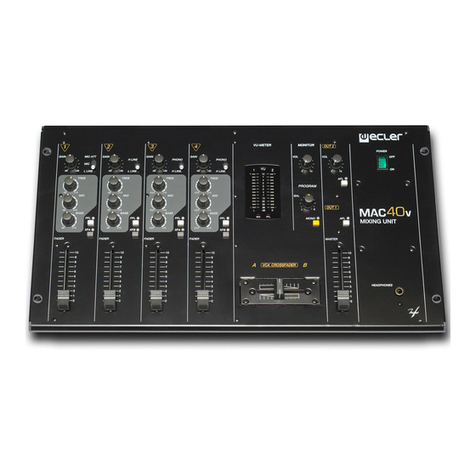
Ecler
Ecler MAC40v user manual

Pioneer
Pioneer DJM 909 - Battle Mixer W/Effects operating instructions

Veeder-Root
Veeder-Root TLS-350 Series System setup manual

